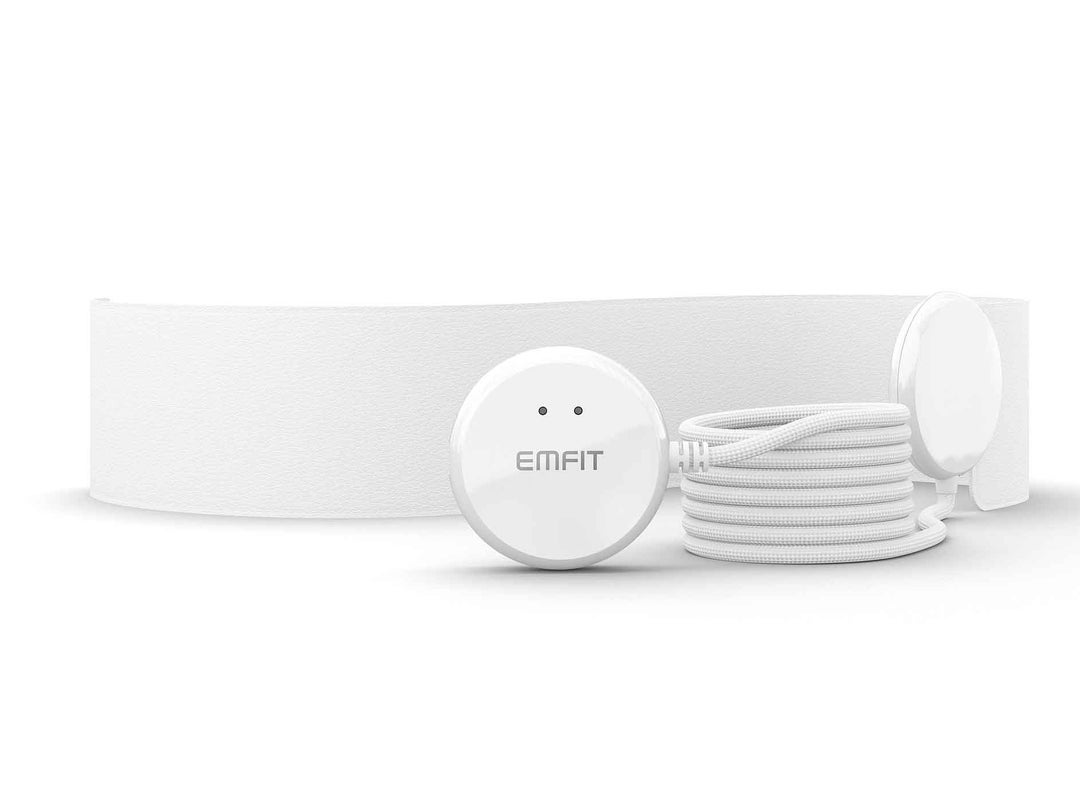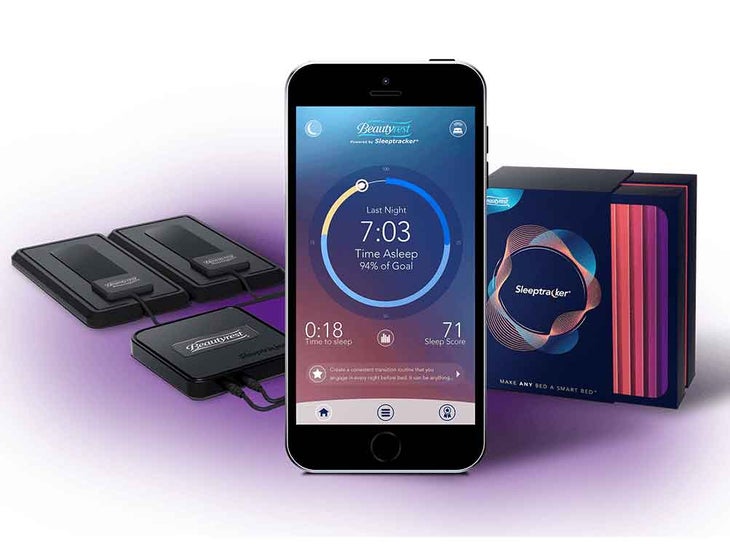New perk! Get after it with local recommendations just for you. Discover nearby events, routes out your door, and hidden gems when you sign up for the Local Running Drop.
Emfit QS
Emfit.com; $300

What: Emfit is a Finnish brand that has been involved in sleep tracking for almost 30 years, so the science behind the QS is definitely top tier. The QS fits beneath the mattress and has no attachment to the sleeper, while the long, thin sensor detects heart rate, breathing rate, and much more. Unlike most trackers, it also reads heart rate variability and more accurately senses movement—key recovery metrics particularly useful to oft-overtraining triathletes.
Pros: The data gleaned from the QS is by far the most detailed and accurate we’ve tested. There’s a host of numbers, trends, and statistics based on quality of sleep, state of sleep, actual recovery during sleep, movement, and much more. It also works independent of a smartphone app—all processing is done onboard and uploaded to a web-based account nearly instantly.
Cons: Value took a little bit of a hit, as the Emfit QS is more expensive than most sleep trackers and only works for one person. Also, much of the data unique to the QS takes a pretty good understanding of sleep metrics and can be confusing to the casual user. The setup was also slightly clunky in a time when most connected devices set up in seconds.
This is for: The numbers nerds and people who want a truly three- dimensional look at not only their quality of sleep, but also their specific state of recovery for the next day’s session.
Beauty Sleeptracker
Amazon.com; $105

What: Two devices sit beneath the mattress (nothing attached to the user) and monitor up to two people at once. The tracker provides data like heart rate, breathing rate, time spent in different types of sleep zones (REM, deep, light), wake-ups, and automatic logging of bedtime and morning rise. It connects via Wi-Fi to an AI system that analyzes the data and spits out a report to a smartphone app (iOS and Android).
Pros: The setup for this device—which also pairs with the Alexa system—was a breeze. Aside from watching a few blinking lights and ensuring that the right sensor was under the right sleeper, this took almost no time or skill. Sensors for two people is a nice bonus, and once installed, the metrics are useful and quick to understand at a glance—icons show useful trends and graphs provide added data. The daily emailed sleep report was a particularly efficient way to stay on top of results.
Cons: The bite-sized stats were great for casual users, but for those looking to take a deeper dive into their sleep there’s not too much beneath the surface. The same could be said for the “AI Sleep Coach”—the tips are mostly generic advice about not drinking coffee before bed, and aside from a few personal numbers plugged into the guidance, there wasn’t much revealing insight.
This is for: Triathletes who understand sleep is important to performance and want a simple and easy look at their slumber trends.
The Winner
Emfit QS
If you’re gonig to really dig into rest and recovery, it’s worth going all in.